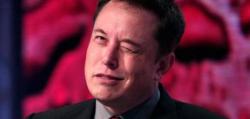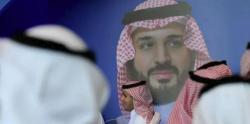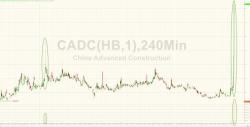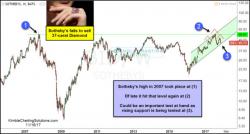Is This The Tesla Killer?

We all know the story behind Fisker, it was one of the world’s first plug-in hybrid electric vehicles in 2008, and even had a legal spat between Tesla, but shortly after in 2012 the company crashed and burned in bankruptcy. Last year, Henrik Fisker decided to relaunch his brand. He thought that one failure wasn’t enough—-just like Elon Musk’s SpaceX rockets.



